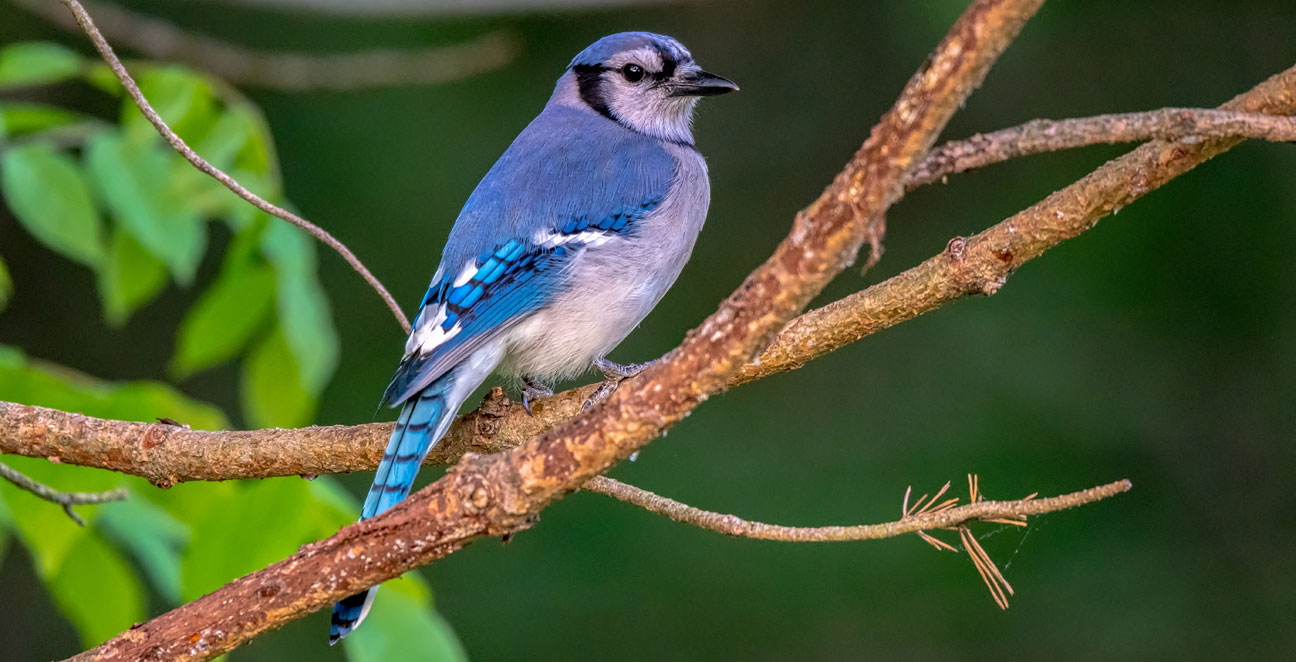
Baltimore Oriole
Scientific Name:
Icterus galbula
Length:
17–22 cm (6.7–8.7 in)
Weight:
22.3 to 42 g (0.79 to 1.48 oz)
Wingspan:
23–32 cm (9.1–12.6 in)
Nest:
The nest is a hanging pouch, with its rim firmly attached to a branch. Nest is tightly woven of plant fibers, strips of bark, grapevines, grass, yarn, string, Spanish moss, lined with fine grass, plant down, hair. It is placed near end of slender drooping branch, usually 20-30' above the ground but can be 6-60' up or higher.
Eggs:
4-5, sometimes 3-6. Bluish white to pale gray, with brown and black markings concentrated at larger end. Incubation is by female, about 12-14 days.
Feeding Behavior:
Baltimore Orioles seek out ripe fruit and special oriole feeders filled with sugar water supplement the flower nectar that Baltimore Orioles gather. Forages by searching for insects among foliage of trees and shrubs. Sometimes flies out to catch insects in midair. In summer feeds mostly on insects, especially caterpillars, including hairy types avoided by many birds; also eats beetles, grasshoppers, wasps, bugs, and others, plus spiders and snails.
Young:
Both parents feed the nestlings. Young leave nest about 12-14 days after hatching.
Range:
Open woods, riverside groves, elms, shade trees. Breeds in deciduous or mixed woodland, generally in open woods or edges rather than interior of dense forest. May be common in trees in towns. Often favors elms. Winters mostly in the tropics around forest edge and semi-open country. Baltimore Orioles are often very common in open woods and groves in summer. They migrate in flocks and fall migration begins early, with many birds departing in July and August.
Brief Description:
Boldly marked black and orange adult male is unlike any other eastern bird. Female brown above, tinged orange below, with white wing-bars, variable black on head.